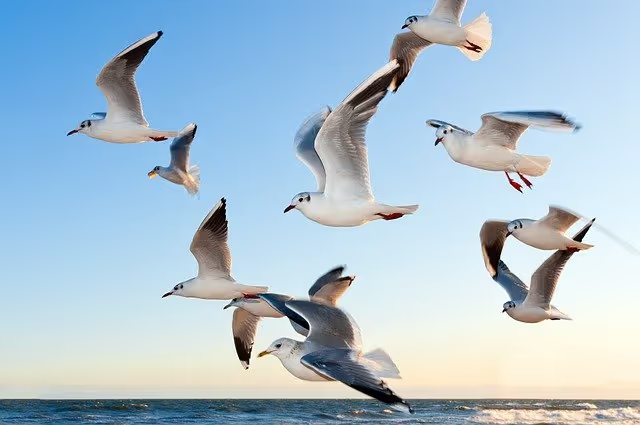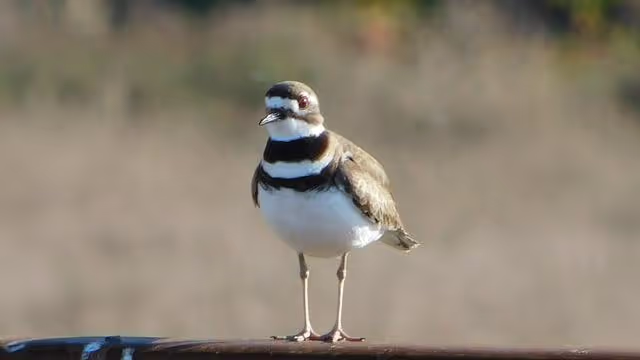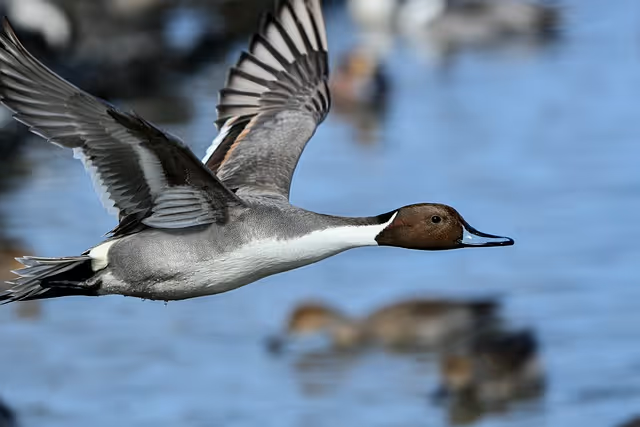Ethical Bird Watching


Bird-watching is one of the most enjoyable activities to do outdoors, and there are few places better to try and find birds than right here in Ocean Shores. While most people who watch birds seek only to admire them and not to harm them, there are some who resort to unethical behavior in their attempts to attract birds. As our community continues to welcome new residents and large numbers of tourists, it is inevitable that there will be more people wanting to watch birds, and, as a result, more interactions between birds and people. In a city that is fortunate to have as much wildlife as Ocean Shores, we want to ensure that we respect our wildlife so that we can continue to co-exist in the relatively peaceful manner that we do today. Therefore, in this post, we're going to introduce you to the Code of Birding Ethics, a guide that explains how to watch and attract birds in a manner that respects both birds and the environment they call home.
The guide begins with this important declaration:
Everyone who enjoys birds and birding must always respect wildlife, its environment and the rights of others. In any conflict of interest between birds and birders, the welfare of the birds and their environment comes first. (1)
This declaration is important because it respects the fact that, if we want to continue to have birds to admire and enjoy, we must support their well being. Otherwise, they might be forced to go somewhere else to meet their needs.
The guide then discusses bird observation methods, and how to use them.
To avoid stressing birds or exposing them to danger, exercise restraint and caution during observation, photography, sound recording or filming. (1)
Not only will using restraint and caution keep birds safe, it might also enhance your experience by making a bird or flock of birds feel comfortable enough to be in your presence for an extended period of time.
Limit the use of recordings and other methods of attracting birds, and never use such methods in heavily birded areas or for attracting any species that is threatened, endangered, or of special concern, or is rare in your local area; (1)
Here in Ocean Shores, this advice is particularly prudent when it comes to Snowy Plovers and Streaked Horned Larks.

Keep well back from nests and nesting colonies, roosts, display areas and important feeding sites. (1)
Since many birds build their nests on or near ground level, it is important to watch where you walk to avoid potentially frightening birds and damaging or even destroying a nest.
In such sensitive areas, if there is a need for extended observation, photography, filming or recording, try to use a blind or hide and take advantage of natural cover. (1)
The availability of natural cover will vary depending on your location. Grassy areas immediately adjacent to our beaches are likely your best bet for cover. However, keep in mind that birds and other wildlife may be nesting and feeding in these areas.
Use artificial light sparingly for filming or photography, especially for close-ups. (1)
Artificial light from buildings has been shown to disrupt birds' migratory patterns (2). We have no evidence to suggest that artificial light from cameras has the same effect. However, anyone who has ever had a bright light shined in their eyes knows how uncomfortable it is. If you wouldn't shine a light into your eyes, you shouldn't shine it into a bird's eyes. Chances are they won't appreciate it, and will fly away before you have a chance to get a good look at the bird in question.
The guide continues by laying out what you should do in the event that you spot a rare bird and want to alert other bird-watchers to its presence.
Before advertising the presence of a rare bird, evaluate the potential for disturbance to the bird, its surroundings and other people in the area, and proceed only if access can be controlled, disturbance minimized and permission has been obtained from private landowners. (1)
The sites of rare nesting birds should be divulged only to the proper conservation authorities. (1)
Here in Ocean Shores, the Washington State Department of Fish and Wildlife, Washington State Department of Natural Resources, and Washington State Parks are the authorities you should contact.

The guide then goes on to state some common rules of etiquette that are applicable in many situations involving public use of the great outdoors, including bird-watching. Chances are that you've probably heard most, if not all, of this before.
The guide then discusses how to maintain bird feeders and houses. Here in Ocean Shores, we advise against putting up bird feeders because of their potential to attract Black Bears, which are known to roam our city at night (and sometimes during the day as well). It is ultimately up to you to decide how much risk you are willing to take. Should you decide to put up a bird feeder or bird house, the guide provides these instructions for maintaining it.
Next, the guide discusses rules that bird-watchers should follow when taking part in a group.
In most cases, the appropriate individual to notify will be the group leader. The group leader can then decide if other individuals or organizations need to be notified. Law enforcement should be notified if illegal behavior being witnessed.
Leaders of bird-watching groups have additional responsibilities, which the guide concludes by listing.
Smaller groups are generally going to be better than larger groups as they are less likely to disturb birds. However, this will depend on the area being used.

We hope the instructions in this guide will help you watch and attract birds in a manner that respects both birds and the environment. Together, we can ensure that Ocean Shores remains an inviting place for birds to spend time, and that residents and tourists alike can continue to enjoy watching birds here in our little piece of coastal paradise for many years to come.
References
© Ian D. Caldwell, May 2022
Touch whale bones, examine shipwreck artifacts and connect with the coast's living history.

Support our mission, get involved in educational programs, or contribute through donations and volunteering.